
„Ich kann den Leuten errechnen, ob ihr Business erfolgreich sein wird, weil ich Strukturen aufdecke, auf die man nie kommen würde.“

„Ich kann den Leuten errechnen, ob ihr Business erfolgreich sein wird, weil ich Strukturen aufdecke, auf die man nie kommen würde.“
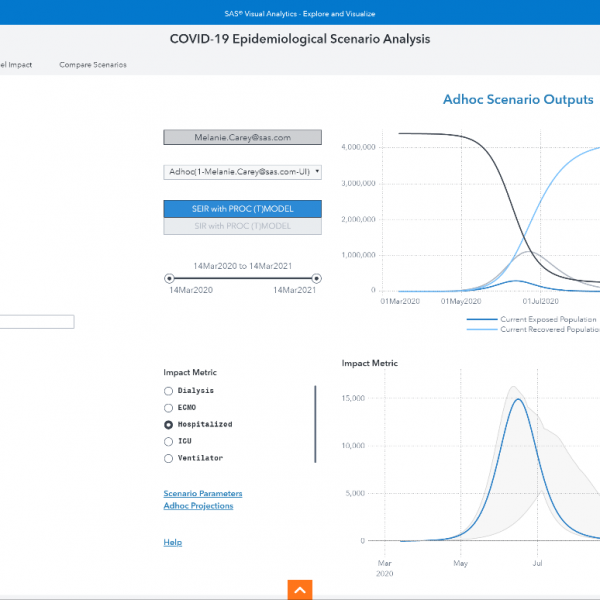
How have healthcare providers and governmental agencies predicted the fast-changing, potentially exponential increase in the need for medical services and equipment through the various stages of the COVID-19 pandemic? Mathematical techniques that attempt to model and understand the likely spread of the disease have been instrumental. The SEIR model is

Nowadays, recommendation engines can be found just about everywhere from news websites to e-commerce sites to online streaming services. However, customers frequently encounter recommendations that are inappropriate or repetitive.

In May, I joined several SAS colleagues, academics, clinicians, pharmaceutical companies, and other information and technology specialists for the first-ever IMI PIONEER Hackathon for prostate cancer research. A few weeks later, as I watched the SpaceX launch on TV, it occurred to me that space trips and cancer research have

Recently we announced a new strategic partnership with Microsoft to further shape the future of AI and analytics in the cloud. This commitment will make it easy for SAS customers to move their analytics workloads to the cloud. And it will introduce SAS technologies to millions of Azure customers through
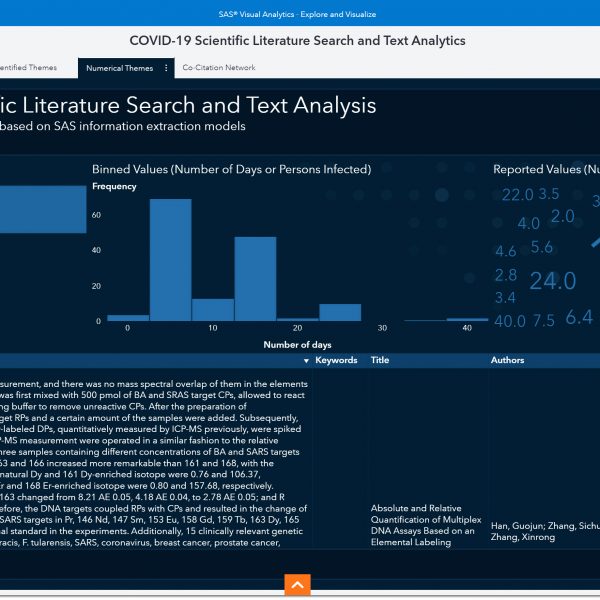
Adverse outcomes, and the rapid spread of COVID-19, have accelerated research on all aspects of the disease. You may have found it overwhelming, and very time-consuming, to find relevant and specialized insights in all the scientific literature out there. To aid researchers in quickly identifying relevant literature about key topics

SAS Public Sector's Elena Shtern is your guide as you extract data from the Federal Reserve Economic Data site using the SASEFRED interface engine, part of SAS/ETS® software.
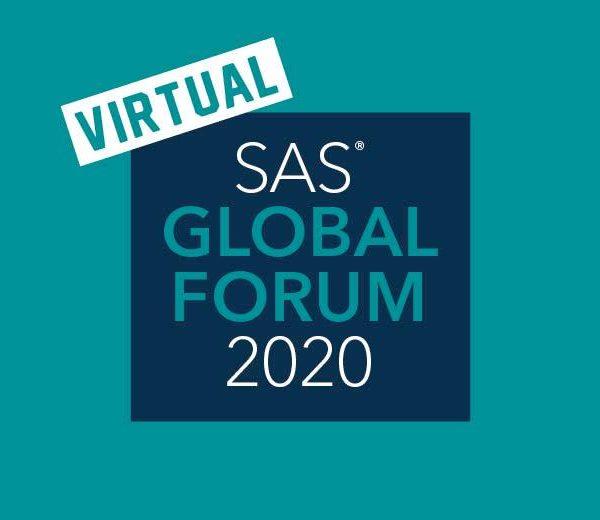
I’m going to be honest. When we decided back in March to pivot our largest event of the year from an in-person event to a virtual one, I wasn’t sure what we were getting ourselves into. I didn’t know how we could replace the in-person networking, the unlimited learning opportunities

Rapid demand response forecasting techniques are forecasting processes that can incorporate key information quickly enough to act upon in real time by agile supply chains. Retailers and consumer goods suppliers are urgently trying to determine how changes in consumer behavior will affect their regions, channels, categories, brands and products during

What do two health systems, 4000 miles apart (6600 kilometers) have in common in their COVID-19 response? Despite different policy responses to the pandemic, they are more alike than you might think. Brought together by SAS and the FutureNHS COVID-19 analytics huddle, these two health systems recently shared their experience
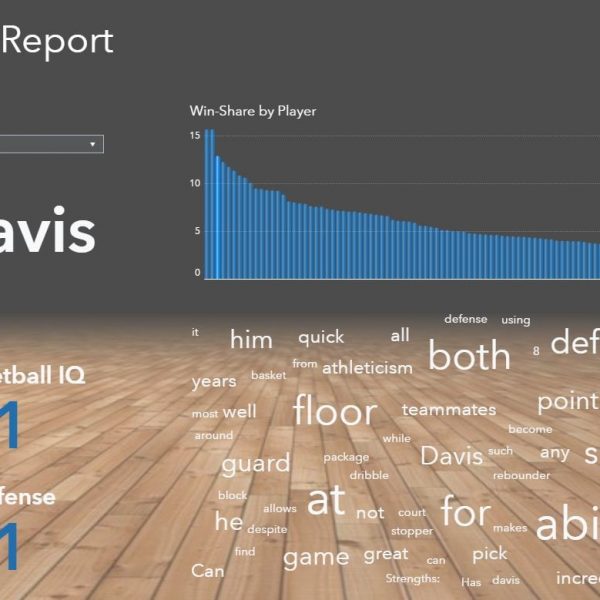
Critics of sports analytics (and there are some entertaining ones) love to point out that analytics isn’t capable of capturing the things that don’t show up on a box score. A player who dives on the floor to save a loose ball, a quarterback strategically misleading a defender to free

In the second of a three-part series of posts, SAS' Funda Gunes and her colleague Ricky Tharrington summarize model-agnostic model interpretability in SAS Viya.
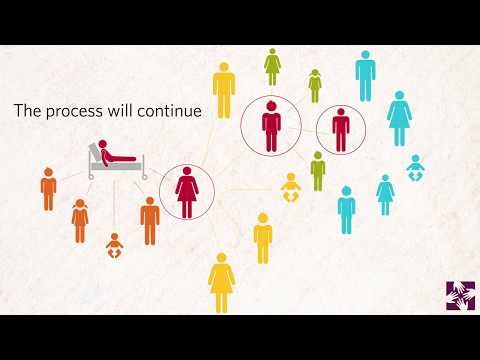
AI has huge potential to help us understand and manage our world, and especially to get value from the enormous amount of data that we now generate.

“He spends a lot of time wandering around in circles in the backyard,” my wife said to someone on the telephone. That’s true. Our backyard is only about 1/8th of an acre and I have taken to wandering outside and walking around the fence line. Ostensibly, I am checking to

바이러스는 어떻게 확산될까요? 전염 가능성을 높이는 요인은 무엇일까요? 사람에 따라 증상이 다른 이유는 무엇일까요? 어떤 치료법이 효과 있을까요? 백신 개발은 얼만큼 진행된 걸까요? 매일 새로운 연구 결과가 발표되고 세계 각지에서 연구 프로젝트가 진행되고 있지만, 코로나19와 신종 코로나바이러스에 대해서 우리는 여전히 아는 것보다 모르는 것이 더 많습니다. 그리고 풀어야 할 궁금증은

SAS Viya User muss kein Data Scientist sein, Business Analysten sowie Anwendungsentwickler und Führungskräfte profitieren von den Möglichkeiten in SAS Viya.

Las organizaciones de salud, los gobiernos y la población en general siguen concentrando sus esfuerzos en reducir la velocidad de propagación del COVID-19. Las medidas de prevención implementadas en todo el mundo, como el confinamiento y el distanciamiento social, han contribuido a ralentizarla. No obstante, continúan reportándose altos índices de
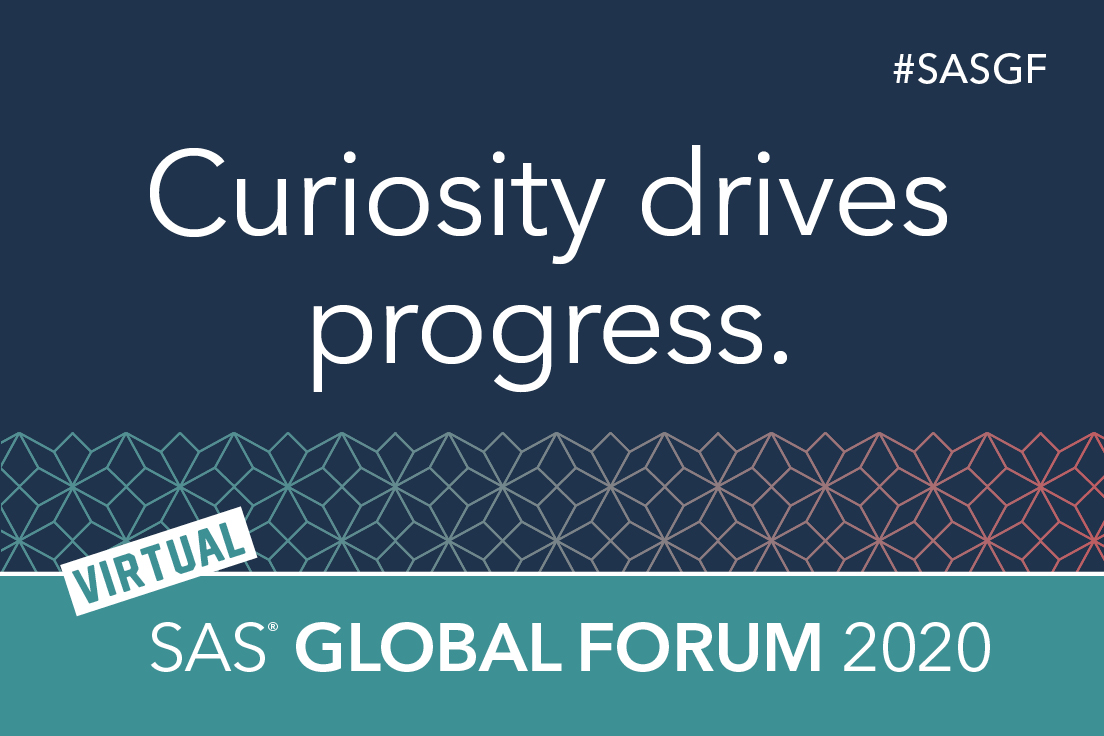
코로나19가 전 세계적으로 확산되고 장기화되면서 우리는 요즘 삶의 방식이 새롭게 변화하는 모습을 실시간으로 지켜보고 있습니다. 학교에 가서 듣던 수업, 회사에 출근하여 처리하던 업무 등 늘 당연하게 여기던 일상이 대부분 언택트(Untact), 디지털 방식으로 전환되고 있지요. 처음이라 낯설고 아직 불안정한 부분들도 많지만, 지금의 위기 상황을 극복하고 모두가 하루 빨리 건강한 일상을 되찾으려면

If you are a government leader, or one of the millions of people employed in the public sector globally, these last 100 days have probably been the most challenging of your lifetime. It is also an unprecedented opportunity to show how dedicated public servants and their agencies can best serve

La crisis sanitaria y social provocada a nivel global por la pandemia del COVID-19 ya ha mostrado cómo algunos gobiernos están apostando por tecnologías punteras, como la inteligencia artificial, analytics, big data o machine learning para una toma de decisiones basada en datos. Muchos países abordan la desescalada de la

Learn how continuous monitoring of suppliers can flag issues and help prevent supply chain disruptions.

Cybercriminals are licking their lips at the prospect of businesses moving more of their services online. Machine learning can help your company keep the fraudsters at bay.

Los usuarios de los servicios bancarios han reducido sus visitas a las sucursales y están optando por utilizar los canales digitales que tienen a su disposición para realizar operaciones financieras (transferencias, hacer compra de productos, pago de servicios, solicitar préstamos e invertir su dinero). La digitalización ha aportado agilidad, rapidez

Forecasting is a daunting task during normal conditions, and even more so during a disruption. But in times of greatest stress our smartest and most creative people stand out, and our true leaders emerge. You'll find these kinds of leaders among my colleagues at SAS -- smart and creative people
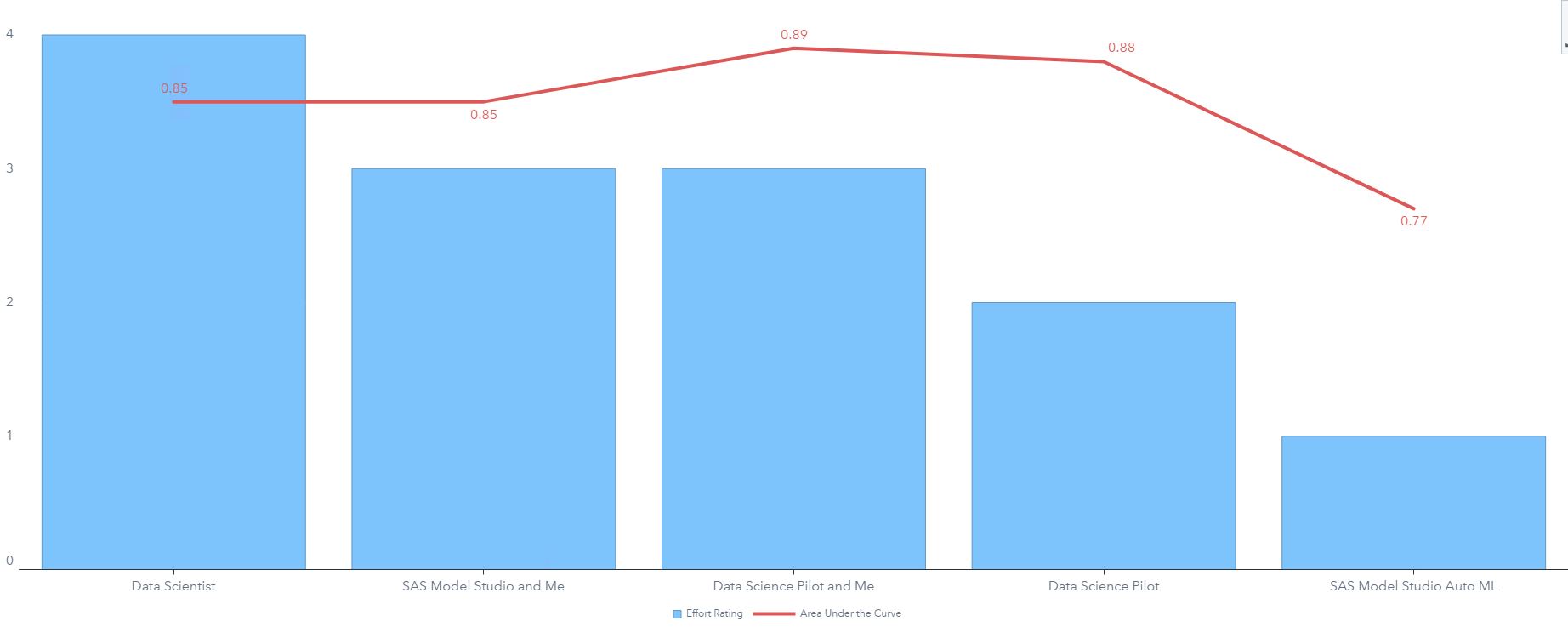
Ever since automated machine learning has entered the scene, people are asking, "Will automated machine learning replace data scientists?"

Today, many assets across multiple industries are becoming more instrumented and connected to enterprise platforms to provide additional insight into their health and operation. IDC estimates that Internet of Things (IoT) investment will reach $1.12 trillion in 2023. One important area for many industrial organizations that are focused in using

Welcome to the first post for the Getting Started with Python Integration to SAS Viya series! With the popularity of the Python programming language for data analysis and SAS Viya's ability to integrate with Python, I thought, why not create tutorials for users integrating the two? To begin the series

Every year hundreds of dedicated SAS® users and event volunteers work tirelessly to create an amazing conference experience for SAS Global Forum attendees. This year, as you know, COVID-19 changed our plans. But our devoted team of volunteers, including our conference chairs and session presenters, was still determined to provide

In some cases, recovery provides immunity to future infections, however the evidence currently available for COVID-19 cannot confirm this immunity stage.

SAS Global Forum 2020 is not the conference experience we thought it would be. Thousands of us had planned to gather in person to share our enthusiasm and knowledge about SAS and power of data and analytics. We were going to combine our skills and knowledge to inspire one another